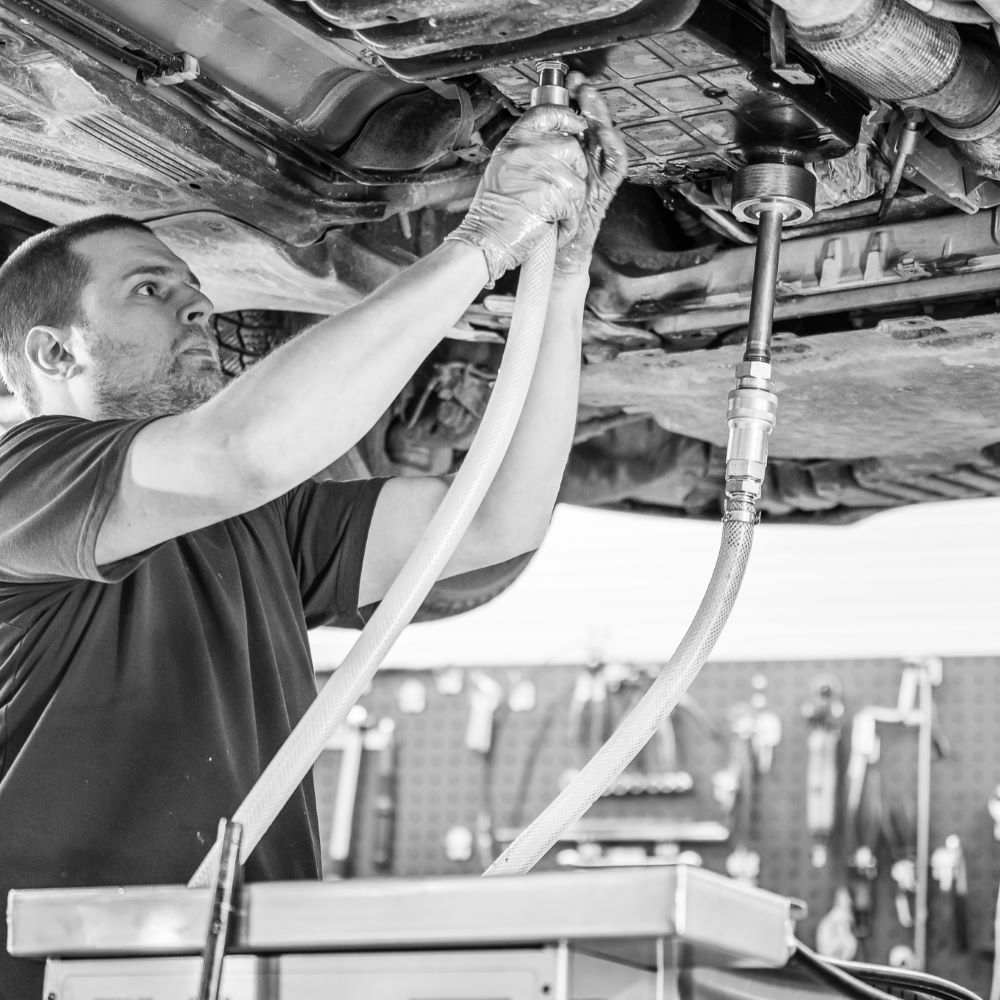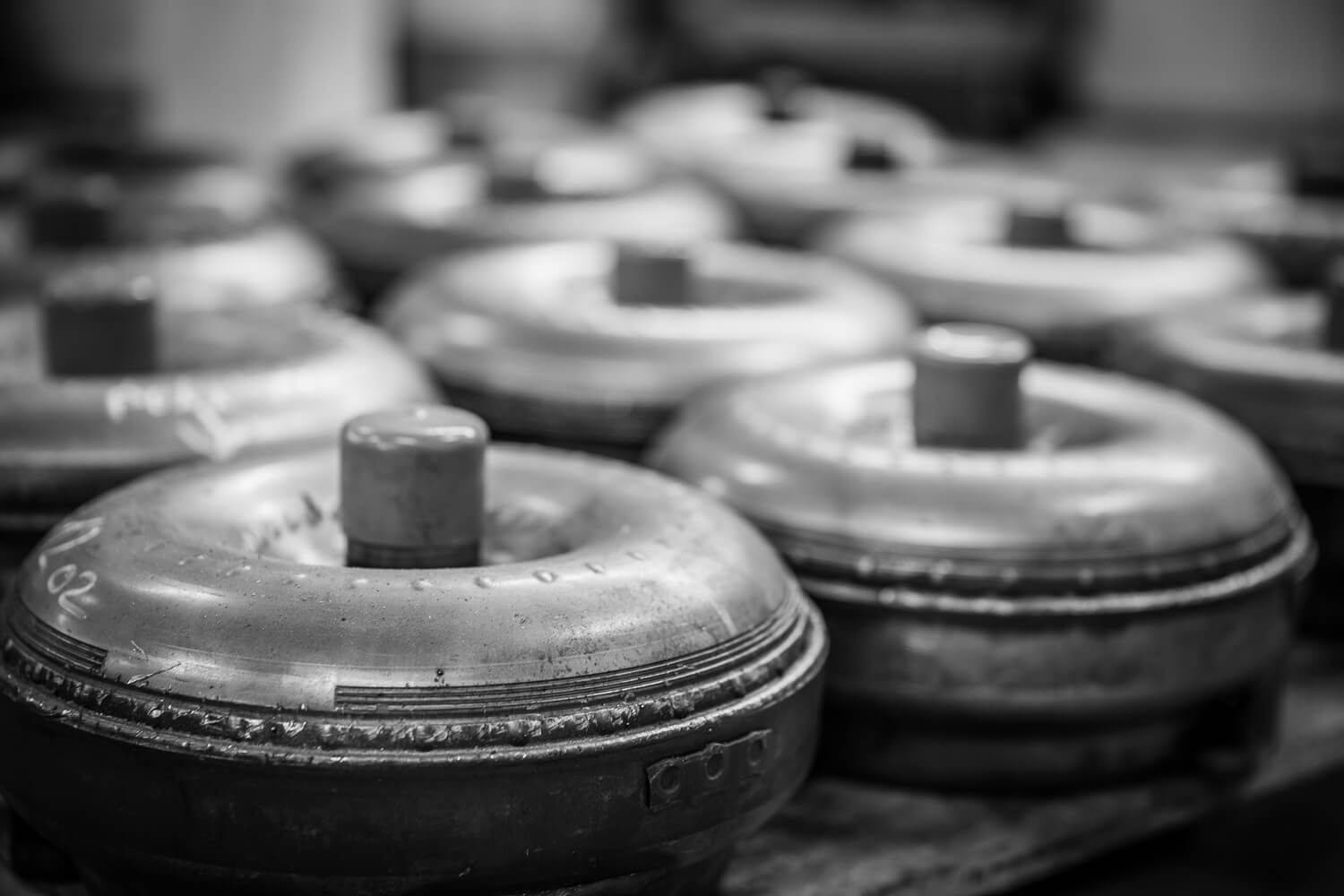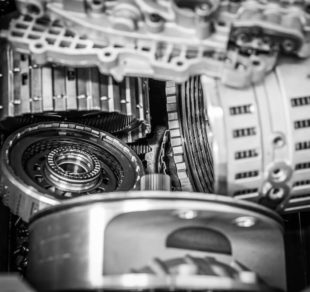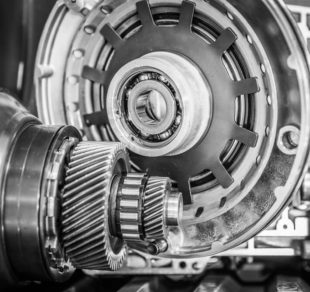In English, the torque converter (also known as the turbine) is a hydraulic clutch between the transmission and the engine. It is correct to use the official term “torque multiplier” in Estonian, but the turbine or torque converter is more common. There is a lot of information material on the Internet about how it works, so we’re not going to do it again.
https://en.wikipedia.org/wiki/Torque_converter
As it is a closed detail (unavailable to a standard repair shop), car manufacturers do not offer repairing of this part, but it can only be replaced with a new one. Depending on the vehicle, the price of a new torque converter is 1500-2500 €.
Fortunately, however, torque converters can be repaired. The repair of the torque converter requires quite a lot of special equipment for cutting it off, measuring, assembling, gluing clutch discs, welding, quality control, and so on.
The Hõbenool began to repair torque converters in 2013. We were the first in Estonia who purchase the special equipment.
How do I know that a torque converter of my vehicle needs the repair?
The most common mistake that occurs in a torque converter is vibration while driving smoothly. This is caused by a worn-out lock-up clutch inside the sleeve.
Another common problem is a strong oil leak under the car. This is usually caused by damage to journal bearing of the oil pump adjacent to the torque converter, which in turn damages the turbine.
Less common defects are related to the breakage of another component inside the torque converter, such as a freewheel clutch, springs, etc.
What can be repaired inside a torque converter and what not?
As a rule, cost components can be exchanged: lamella or clutch discs, bearings, seals, bushings, pump shaft. To a certain extent, internal housing surfaces can also be restored and processed.
It is not usually possible to repair other parts or, rather, they cannot be bought as new ones, but only take from another torque converter. Therefore, the general rule is that the torque converter can only be repaired if its body is both inside and out a whole and the blades are not damaged.
How long does a repair take?
There are many different types of torque converters. For example, about 50 different torque converters are used for Mercedes 5-speed transmission. A similar order of magnitude (twenty different modifications) is for each type of transmission.
If we have a torque converter with the same product code in stock, the repair will not take longer than turning off the sleeve that needs to be repaired and making sure the latter is fit for recovery. In this case, less than an hour waiting time could be counted on. However, if there is no exact same type of the sleeve, you should book a time up to few days.
What do I need to restore the sleeve correctly?
A torque converter is emptied of oil with a special machine. The lathe is then used with the special frame to cut the body.
A next step is cold and hot washing of the details. After the damage assessment, the assembly takes place.
Depending on the type of the turbine, either the ready-made clutch discs can be used, or the latter can be glued with a special press meal to the piston. This process is quite important because it can change both temperature, compression force and time. When the glue is too weak, the disc will later disengage, the pores of the coupling disc will be pressed when glued too firmly, and the friction material will remain too tight and will not absorb enough oil.
Certain prestressed turbines (ZF production – used on Audi-s, BMW-s and other premium brands) require very precise pretensioning of the clutch discs.
The welding of the casings must ensure as small deviation as possible because the torque converter is directly attached to the engine crankshaft and rotates up to 6500 rpm. If the bottom and top housing are not exactly centered, the transmission’s oil pump will damage in the future.
Only special equipment can be used to repair the torque converter correctly.





